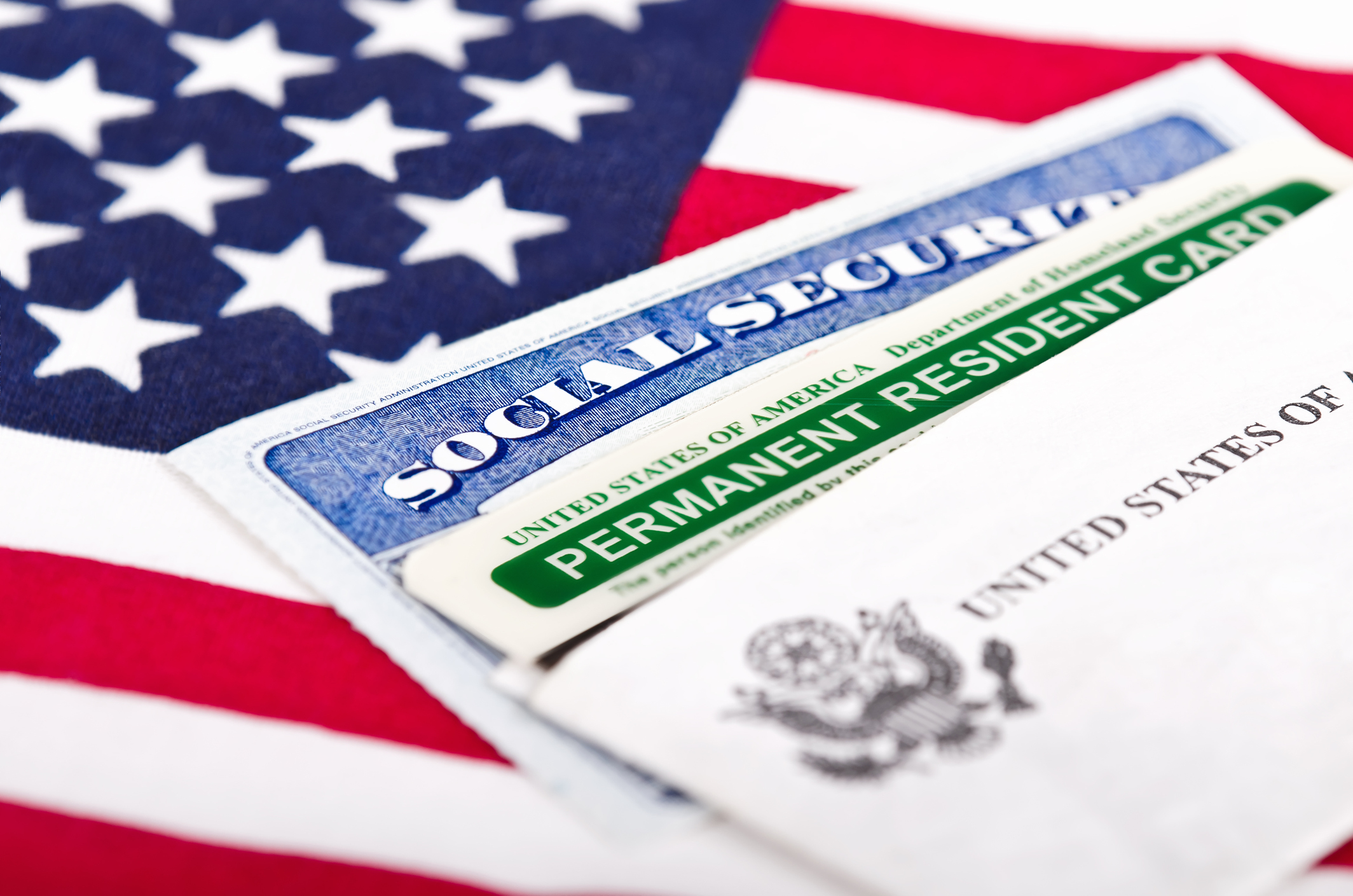In light of the unusual state of current affairs employers are facing due to the COVID-19 crisis, the Department of Homeland Security (DHS) has announced it will exercise discretion to defer the “in-person” requirements associated with Employment Eligibility Verification (Form I-9).
These changes address the Immigration and Nationality Act (INA) requirement mandating that employers review original employment eligibility verification documentation in the presence of the employee within three days of hiring any worker.
In the March 20 announcement, the DHS stated the following: “Employers with employees taking physical proximity precautions due to COVID-19 will not be required to review the employee’s identity and employment authorization documents in the employee’s physical presence.”
Remote Verification of Documents
Despite the deferment of the physical presence requirement, employers are still responsible for checking/verifying the authorization documents. Employers are required to inspect the Section 2 documents remotely (e.g., over video link, fax, or e-mail, etc.) and obtain, inspect, and retain copies of the documents, within 3 business days for purposes of completing Section 2 of Form I-9.
Other Required Procedures
Employers have other I-9 procedural requirements based on the DHS guidance, as follows:
- Once normal operations resume, all employees who completed the Form I-9 using remote verification must report to their employer within 3 business days for in-person verification of identity and employment eligibility documentation.
- Employers should enter “COVID-19” as the reason for the physical inspection delay in the Section 2 “Additional Information” field, once physical inspection takes place.
- After the documents have been physically inspected, the employer should add “documents physically examined” with the “date of inspection” to the Section 2 “Additional Information” field on the Form I-9, or to section 3 (as applicable, for reverifications).
- Timeframe: the above provisions may be implemented by employers for a period of 60 days from the date of the DHS notice (March 20) OR within 3 business days after the termination of the national emergency, whichever comes first.
Employers who use this option must provide written documentation of their remote onboarding and telework policy for each employee. The burden to provide this notice rests solely with the employers.
Exception Applies to Remote Workplaces Only
The relaxed DHS provisions only apply to employers and workplaces that are operating remotely. According to the DHS, where employees are physically present at a work location, no exceptions are being implemented at this time for in-person verification of identity and employment eligibility documentation for Form I-9, Employment Eligibility Verification.
However, if newly hired employees or existing employees are subject to COVID-19 quarantine or lockdown protocols, DHS will evaluate this on a case-by-case basis.
Designated Representative
Additionally, employers may designate an authorized representative to act on their behalf to complete Section 2. An authorized representative can be any person the employer designates to complete and sign Form I-9 on their behalf.
The employer is liable for any violations in connection with the form or the verification process, including any violations in connection with the form or the verification process, including any violations of the employer sanctions laws committed by the person designated to act on the employer’s behalf.
Notice of Inspection (NOI)
Along with the Form I-9 modifications, the DHS also announced that effective March 19, 2020, any employers who were served NOIs by DHS during the month of March 2020 and have not already responded will be granted an automatic extension for 60 days from the effective date. At the end of the 60-day extension period, DHS will determine if an additional extension will be granted.
What Should Employers Do?
Employers should carefully follow the protocols outlined in the DHS announcement to avoid the potential for committing technical violations. When using the new remote verification process, be sure it is used only for the permissible circumstances. Finally, remember that employers who use the remote verification process must provide written documentation of their remote onboarding and telework policy to each employee.
The DHS will continue to monitor the ongoing national emergency and provide updated guidance as needed. Employers should therefore stay alert and regularly check the DHS and ICE websites for additional updates regarding when the extensions will be terminated, and normal operations will resume.
 Nancy R. McDermott has more than 17 years’ experience as a legal writer and editor. She writes and edits the federal Personnel Advisor manual and several state Personnel Advisor manuals and newsletters and is responsible for the design, development, and data maintenance of the Personnel Advisor HR website. She has also worked as a Court Watch Research Analyst for Texas Watch, a grass-roots organization, and for the Texas Legal Services Center, conducting legal research. Nancy earned her Bachelor of Arts degree in Criminal Justice from the University of Texas at San Antonio, and her law degree from Vermont Law School. Nancy R. McDermott has more than 17 years’ experience as a legal writer and editor. She writes and edits the federal Personnel Advisor manual and several state Personnel Advisor manuals and newsletters and is responsible for the design, development, and data maintenance of the Personnel Advisor HR website. She has also worked as a Court Watch Research Analyst for Texas Watch, a grass-roots organization, and for the Texas Legal Services Center, conducting legal research. Nancy earned her Bachelor of Arts degree in Criminal Justice from the University of Texas at San Antonio, and her law degree from Vermont Law School. |
